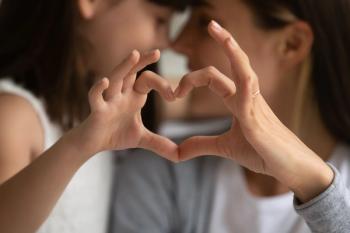
Assessing the Prevalence of Medication Errors in Pediatric Care
Pediatric patients taking 4 or more medications were more likely to experience medication errors.
Although medication errors may not always be serious, they do represent an instance of human error in patient care and are a high priority issue. Medication errors represent a sizeable portion of all medical errors. A medication error can occur at a variety of times, such as prescribing, administering, or monitoring. A poster presented at the Pediatric Pharmacy Association’s annual meeting in Norfolk, Virginia sought to estimate the prevalence and establish the patterns of medical errors in pediatric patients at tertiary and pediatric hospitals.
Investigators conducted a multicenter retrospective study in 3 hospitals in western Saudi Arabia, inclusive of 1 pediatric specialist hospital and 2 general tertiary care hospitals. Data from medical error reports for children aged 13 or younger admitted to the emergency department, outpatient clinics, nursery, or general ward from January 2019 to December 2019 were collected.
Researchers identified 318 medical errors across the participating hospitals: 135 in hospital 1, 93 in hospital 2, and 90 in hospital 3, for a prevalence errors of 0.9 per 1000 patients. The prevalence was notably lower in hospitals 2 (0.35/1000 patients) and 3 (1.73/1000 patients) compared with hospital 1 (3.5/1000 patients). Admitted wards had the highest rates of medical errors at 14.69/1000 patients, whereas the emergency department had the lowest rate (0.14/1000 patients).
Boys were slightly more likely to be affected by medical errors than girls. Two age groups were also notably more likely to be affected as well: 1 month to 2 years and 6 to 12 years. There were comorbidities in 60.4% of the cases, including mental disability in 7.2%. When errors did occur, the patient had 4 or more prescribed medications (71.1%). Many of the errors occurred during prescribing (81.1%) and were caused by physicians (83.3%); they were most commonly caught by pharmacists (85.5%). The most frequent medical errors were improper dose (34.0%), frequency (14.2%), and duration (10.4%).
Investigators concluded there was a high prevalence of medical errors and in the tertiary care hospitals, accounting for 2% to 4% of hospital admissions. Independent double checks, proper reconciliation of new prescriptions against previous orders, and optimization of labeling are ways to prevent medication errors from affecting patients.
Reference
1. Alotaibi M, Bajammal M, Shukry M, Althqafi N, Alghamdi S. Prevalence of medications errorsand factors of harmful errors in neonates and pediatrics at tertiary and pediatric hospitals: a multicenter study. Presented at: Pediatric Pharmacy Association 2022 Annual Meeting; May 3-6, 2022; Norfolk, VA.
Newsletter
Pharmacy practice is always changing. Stay ahead of the curve with the Drug Topics newsletter and get the latest drug information, industry trends, and patient care tips.















































































































